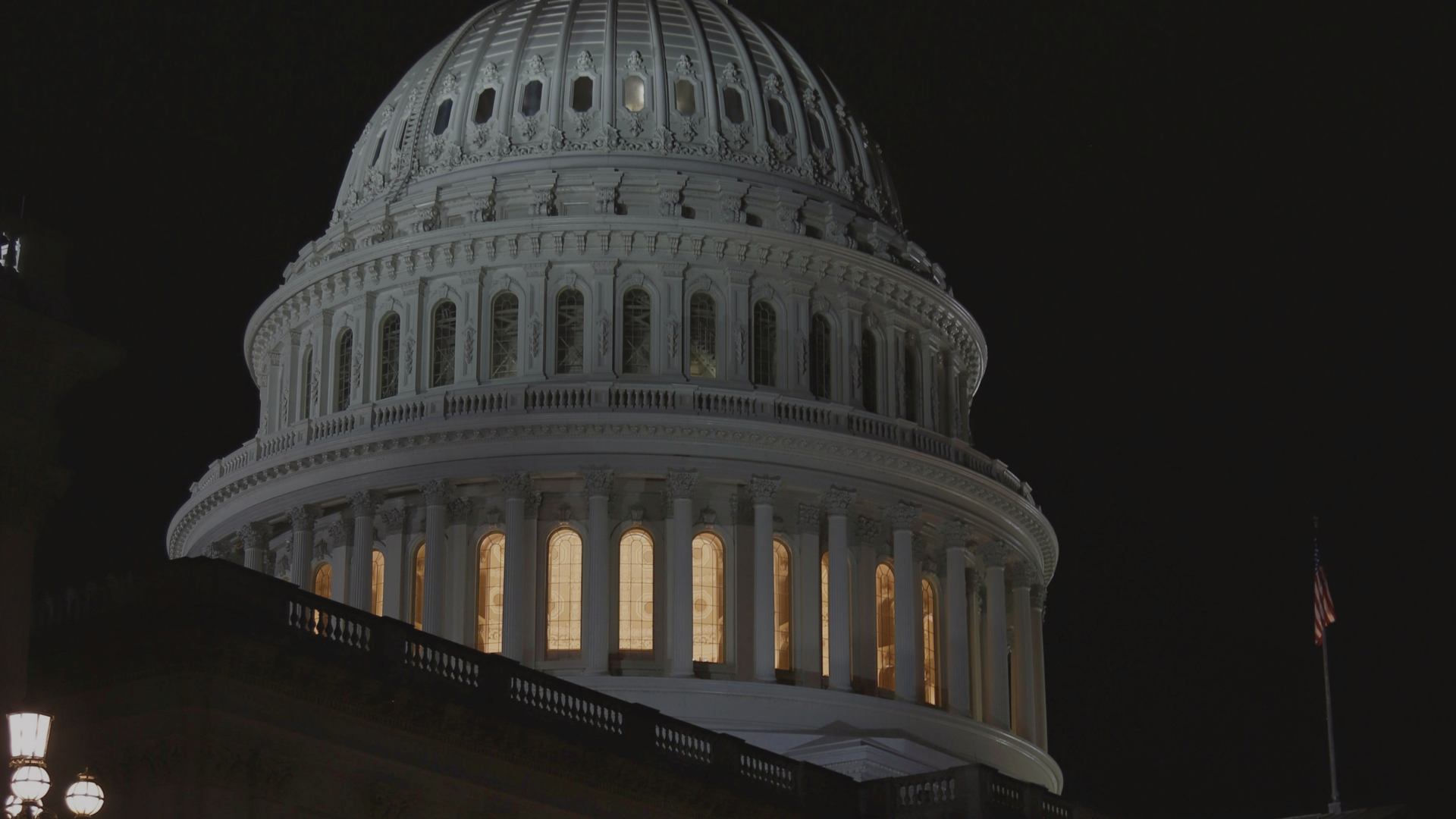PJM Capacity Market Pressures and the Rising Cost of Power for Industry
- Topics :
- Funding Government
Government Shutdown Slows America’s Energy Progress
Published October 6, 2025

The 2025 U.S. federal government shutdown has once again demonstrated how deeply intertwined the country’s energy sector is with the smooth functioning of federal institutions. While debates in Congress focus on funding priorities and political strategy, the ripple effects of a shutdown stretch far beyond Washington, affecting developers, investors, and policymakers across the nation. As federal agencies furlough staff, suspend data releases, and pause permitting, the momentum behind energy development and modernization faces an uncertain slowdown.
The Administrative Heartbeat of the Energy System
At the core of the U.S. energy landscape lies a complex network of federal agencies that administer grants, approve infrastructure, regulate markets, and issue environmental permits. The Department of Energy (DOE), Environmental Protection Agency (EPA), Department of the Interior, Federal Energy Regulatory Commission (FERC), and Bureau of Land Management (BLM) all play critical roles in shaping energy development across sectors. The 2025 shutdown, resulting in the furlough of an estimated 750,000 federal workers and a daily compensation cost of approximately $400 million according to the Congressional Budget Office (CBO), has disrupted this network.
Past shutdowns, such as the 35-day lapse in 2018–2019, resulted in delays to environmental reviews and project approvals. That event alone was estimated to have cost the U.S. economy $3 billion in unrecovered GDP. Today, the same vulnerabilities are re-emerging. With agencies operating on limited staff, processing times for permits, grid interconnection studies, and environmental impact statements are expected to extend, affecting projects that support national energy reliability and emissions goals.

Delays in Guidance and Energy Finance
According to a recent analysis by sustainable finance company Crux, energy developers and corporate tax credit buyers could see immediate disruptions. While the Internal Revenue Service (IRS) may continue core operations during a short shutdown, key regulatory guidance, particularly on Foreign Entity of Concern (FEOC) provisions, may be delayed. These provisions are vital for defining which supply chains qualify for Inflation Reduction Act (IRA) tax credits and other federal incentives.
For companies planning to use 2024 credits, pre-filing registration numbers are essential, and although the IRS portal remains active, delays from other departments such as Treasury and the Office of Management and Budget (OMB) could affect the timing of transactions. With uncertainty over the duration of the shutdown, energy market participants face growing concerns about liquidity and timing in the transfer of tax credits.
Permitting Bottlenecks and Agency Disruptions
The most visible impact of the shutdown may come through delayed permitting. The Bureau of Ocean Energy Management (BOEM) within the Interior Department has paused renewable energy activities, including offshore wind projects, while continuing only critical safety functions. Similarly, the EPA has halted new grants, permits, and interagency actions. FERC, which oversees grid reliability and interstate energy markets, has limited its activities to essential operations.
Compounding the issue, OMB has asked federal agencies to draft potential workforce reduction plans, which could extend the administrative slowdown even after the shutdown ends. Sustainable finance analysts note that staffing levels at these agencies were already lower than in early 2025, making it more difficult to sustain even limited operations. These disruptions may cause cumulative delays across project pipelines for transmission lines, oil and gas infrastructure, solar and wind farms, and energy storage installations.

Economic and Market Uncertainty
Beyond direct permitting impacts, the absence of federal data adds another layer of uncertainty. Just before the shutdown, the Bureau of Labor Statistics (BLS) announced it would not release its highly anticipated jobs data. This lack of transparency affects not only economic forecasting but also investment strategy, as energy markets are sensitive to interest rate expectations and macroeconomic signals.
The Federal Reserve has already faced challenges balancing inflation control with employment stability. Without current data, its ability to calibrate monetary policy, crucial for maintaining affordable financing conditions for energy projects, becomes more difficult. Market analysts warn that prolonged data gaps could dampen investor sentiment, particularly in sectors dependent on stable federal policy signals such as infrastructure and clean technology.
A Fragile System Under Fiscal Pressure
The current shutdown underscores how vulnerable the U.S. energy system remains in the face of political gridlock. Essential agencies may resume operations quickly once appropriations are restored, but lost time in permitting, guidance, and data collection could set back project timelines by months. For developers racing to meet federal deadlines tied to various energy incentives, even brief delays carry significant financial implications.
While the private sector and state governments continue advancing their own energy initiatives, the role of federal coordination remains central. Long-term goals for reliability, competitiveness, and emissions reduction depend not only on technological innovation but also on administrative continuity. As the shutdown persists, the cost of uncertainty grows, not only in dollars and delayed projects but also in the nation’s overall energy security and economic stability.
References
- Congressional Budget Office: The Effects of the Partial Federal Shutdown
- Crux Climate: Rapid Response – Government Shutdown









